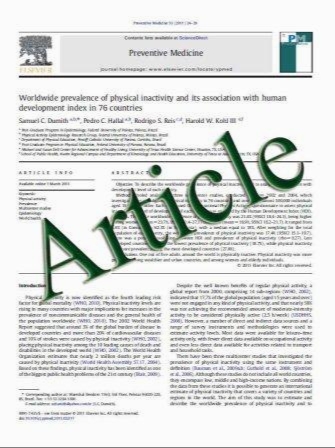Thalamus lesions in chronic and acute seizure disorders
- نوع فایل : کتاب
- زبان : انگلیسی
- مؤلف : Henriette J. Tschampa & Susanne Greschus & Robert Sassen & Christian G. Bien & Horst Urbach
- چاپ و سال / کشور: 2011
Description
Introduction Transient signal changes in the pulvinar have been described following status epilepticus. However, we observed persistent thalamus changes after seizures. The purpose of this study was to characterize thalamus changes in patients with seizure disorders and to correlate imaging findings with clinical features. Methods We searched among 5,500 magnetic resonance imaging (MRI) exams performed in patients with seizures and identified 43 patients. The MRI scans of these patients were reviewed and correlated with clinical data. Results We identified four patterns of thalamus lesions: (a) fluid attenuated inversion recovery-hyperintense pulvinar lesions (20 patients), as known from status epilepticus. Ten patients in this group had a status epilepticus. Among the remaining patients, three had frequent seizures and seven had sporadic seizures. Twelve patients had follow-up exams for a median of 11 months. The lesions had persisted in 11/12 cases in the last available exam and were reversible in one case only. In seven cases, cone-shaped thalamus atrophy resulted, (b) linear defects in the medial and anterior thalamus (five patients), accompanied by atrophy of the mamillary body and the fornix in patients with chronic epilepsy, (c) extensive bilateral thalamus lesions in two patients with a syndrome caused by mutation in the mitochondrial polymerase gamma, and (d) other thalamus lesions not associated with the seizure disorder (16 patients). Conclusion The spectrum of thalamus lesions in patients with seizure disorders is wider than previously reported. Postictal pulvinar lesions can persist and may result in thalamic atrophy. Linear defects in the anterior thalamus are associated with limbic system atrophy.
Neuroradiology (2011) 53:245–254 DOI 10.1007/s00234-010-0734-1 Received: 20 April 2010 / Accepted: 11 June 2010 / Published online: 29 June 2010


